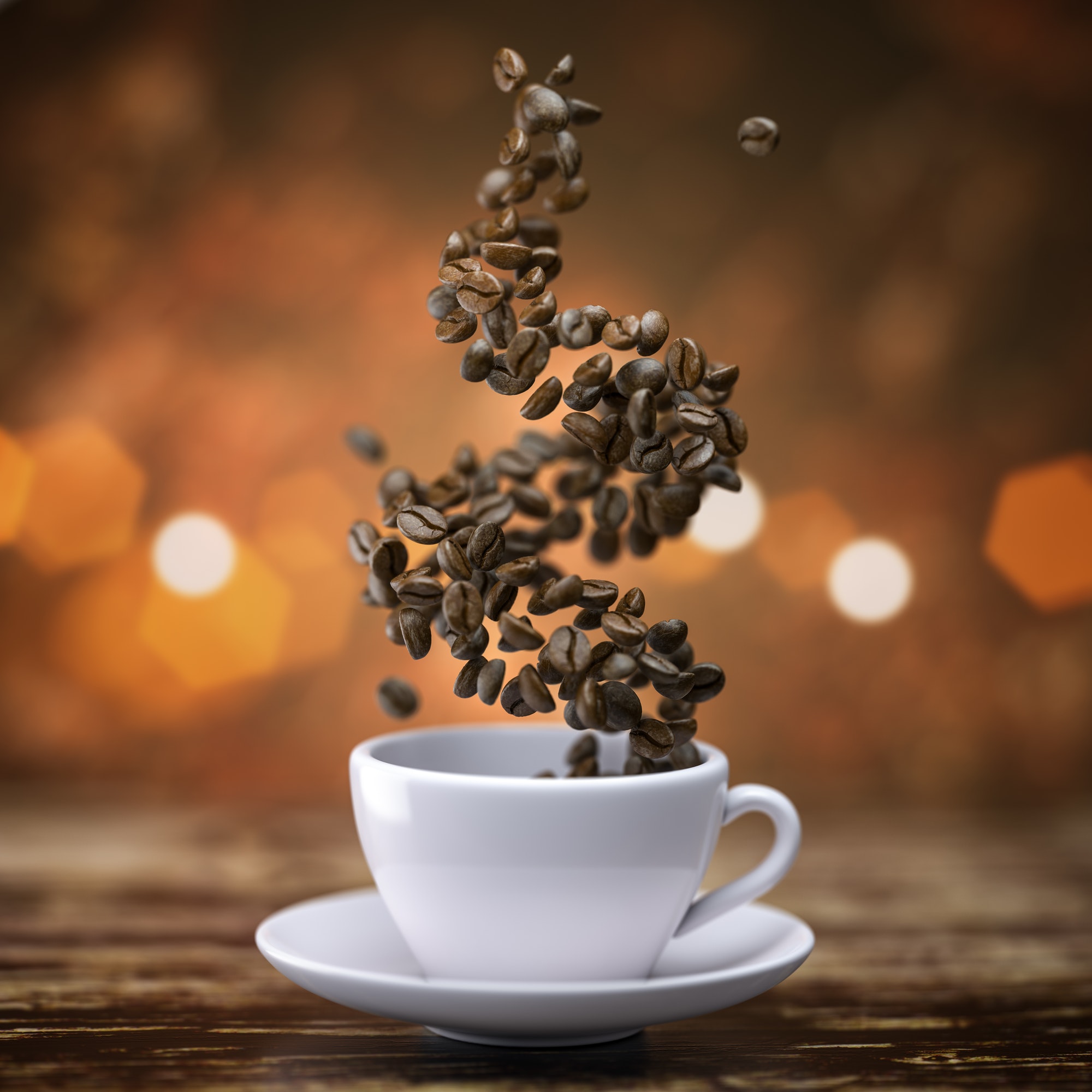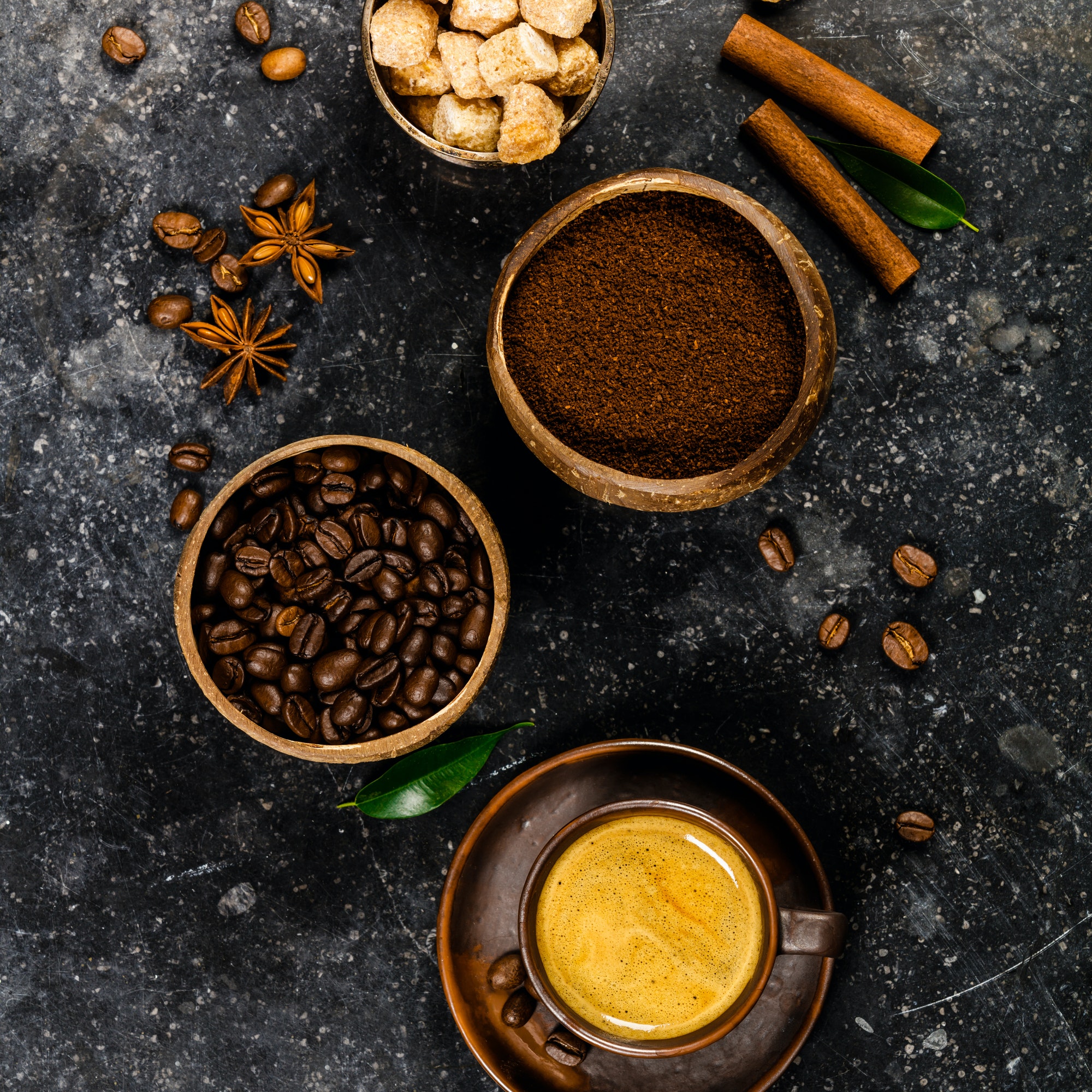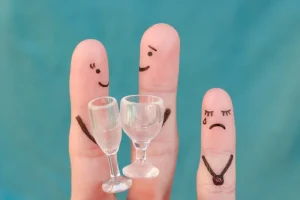
Our team does their best for our readers to help them stay informed about vital healthcare decisions. Avoid any products containing alcohol, including certain mouthwashes, cough syrups, and foods cooked with alcohol, as even small amounts can trigger a reaction. Wear a medical alert bracelet or carry identification that states you are taking disulfiram.
Can I Detox From Alcohol Without Medications?
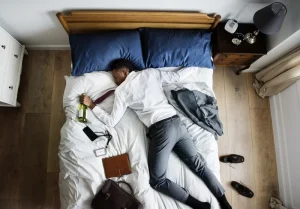
Although medication may help you stop drinking, alcohol rehab you’ll need to pair it with other forms of treatment to get the best results. Going to a facility can provide essential professional help that is catered to your needs. While detoxing at home without medication is possible, treatment programs at a professional rehab facility are highly recommended. Less severe side effects, such as headache and fatigue, often go away during treatment as the body becomes used to the medication.
Acamprosate (Campral®)
Coping-skills therapy attempts to teach patients to identify and handle situations that place them at high risk for relapse to drinking. This approach includes instruction in self-monitoring practices; rehearsal of anger and stress management techniques; training in social, problem-solving, and decisionmaking skills; and development of alternative, abstinence-oriented leisure activities. Some small clinical studies have shown it can reduce alcohol cravings and alcohol withdrawal symptoms. Alcoholism, or alcohol addiction, is characterised by a strong craving for alcohol, loss of control over drinking, and withdrawal symptoms when not drinking. Alcohol dependence refers to a condition where an individual’s body becomes reliant on alcohol to function normally. Addressing these issues often requires a comprehensive treatment plan, which can include detoxification, therapy, support groups, and treating addiction with medication such as anti-craving tablets.
- There’s usually no place more comfortable, controllable, and safe-feeling than a person’s home.
- Even when you’ve resolved not to drink or to drink less, temptations to have a drink are normal, and the interaction of alcohol with the body’s own biochemistry makes the desire to keep drinking very predictable.
- The three sessions were separated by 2 to 3 weeks and occurred on the evening in which the last dose of naltrexone or the placebo had been administered.
- Malcolm and colleagues (1992) concluded that although buspirone combined with psychosocial treatment may help ameliorate psychiatric symptoms, the drug’s effects on alcohol consumption are limited.
Disulfiram (Antabuse®)
In fact, it should never be started until someone has fully detoxed from alcohol (at least 12 hours to 24 hours since last drink) to avoid adverse reactions. Other medications may have side effects that make you feel ill, but this is not intentional. If you feel sick after taking any other drug to quit drinking, ask your doctor about alternatives. Feb. 13, 2025 – For years, some people taking the drug semaglutide to treat diabetes or obesity have reported not only eating less, but drinking less alcohol. Acamprosate is most effective for individuals who have already achieved sobriety.
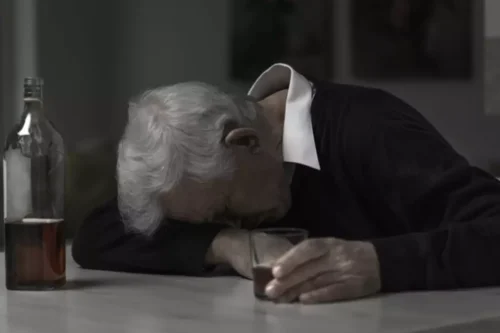
MAT involves using medications such as Naltrexone, Disulfiram (Antabuse), Acamprosate, Gabapentin, Baclofen, and Topiramate alongside behavioral therapies. These medications help manage withdrawal symptoms, reduce cravings, and prevent relapse, making sobriety more attainable. Medication-Assisted Treatment (MAT) is a comprehensive approach to treating alcohol use disorder (AUD) that combines FDA-approved medications with counseling and behavioral therapies. MAT addresses the complex needs of individuals by targeting both the physical and psychological aspects of addiction, providing a holistic treatment plan for long-term recovery.

Join leaders in the field of addiction medicine
Patients with current prescribed or illicit opioid addiction can’t take naltrexone as it will induce acute opioid withdrawal. Acamprosate can reduce cravings for alcohol which also helps to prevent a lapse back to drinking. Among a small subgroup of participants who smoked cigarettes at baseline, those treated with semaglutide had significantly greater reductions in average cigarettes per day compared to those in the placebo group. This finding is potentially important because there are no medications currently approved for both alcohol reduction and smoking cessation. For the trial, researchers recruited 48 adults with alcohol use disorder who weren’t actively seeking treatment.
Medications to Curb Alcohol Cravings
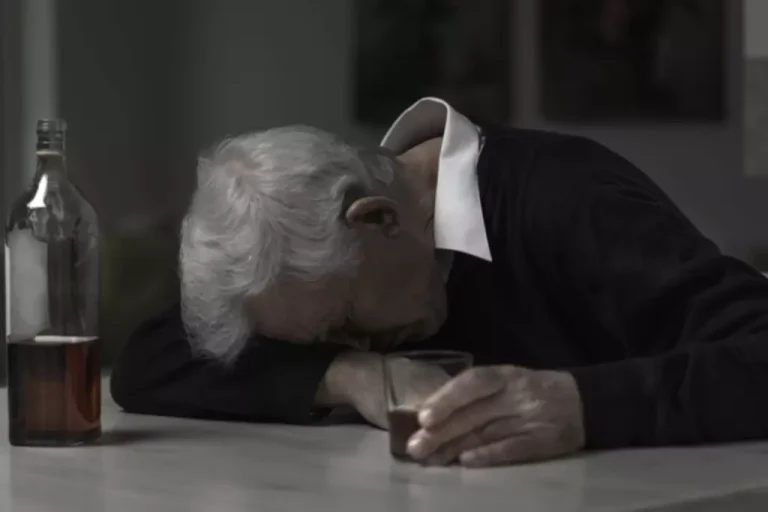
It is usually prescribed when you have stopped drinking, and after withdrawal symptoms have reduced (typically between 2-7 days). There is some scientific evidence suggesting acupuncture provided by a qualified practitioner can help cut alcohol consumption and lessen alcohol withdrawal symptoms (11). A survey of academic research on exercise and AUD has generally shown a correlation between physical activity such as cycling, running or other aerobic activity and reduced alcohol cravings or alcohol consumption (9). Naltrexone works by blocking the euphoric effects of alcohol, reducing the motivation to drink. It can be used both to help individuals maintain abstinence and to reduce heavy drinking.
A model for reduced use as an endpoint exists with treatments for alcohol use disorder. Consequently, the percentage of participants with no heavy drinking days is accepted by the FDA as a valid outcome measure in trials of medications for alcohol use disorder4. The FDA recently announced a new tool through which investigators can determine if proposed treatments for reduce alcohol craving alcohol use disorder (AUD) work based on whether they reduce “risk drinking” levels. The new tool can be used as an acceptable primary endpoint in studies of medications to treat adults with moderate to severe AUD. A model for reduced use as an endpoint exists with treatments for alcohol use disorder (AUD). Consequently, the percentage of participants with no heavy drinking days is accepted by the FDA as a valid outcome measure in trials of medications for AUD (4).



